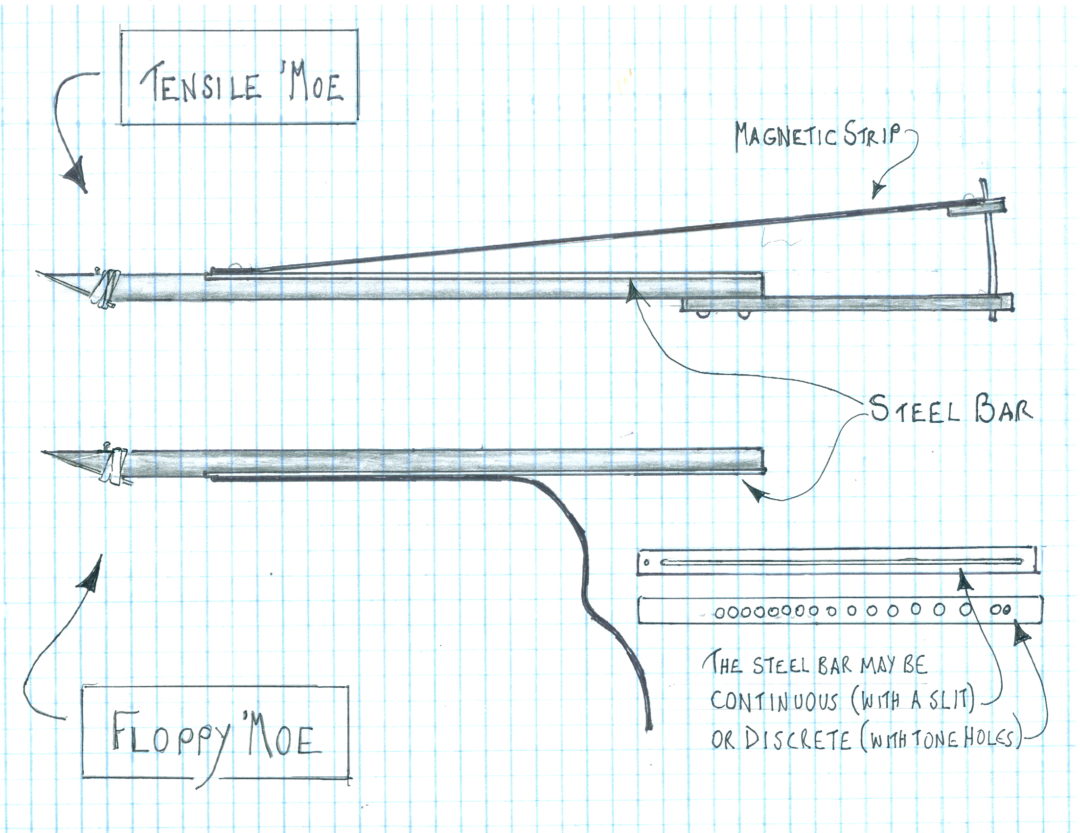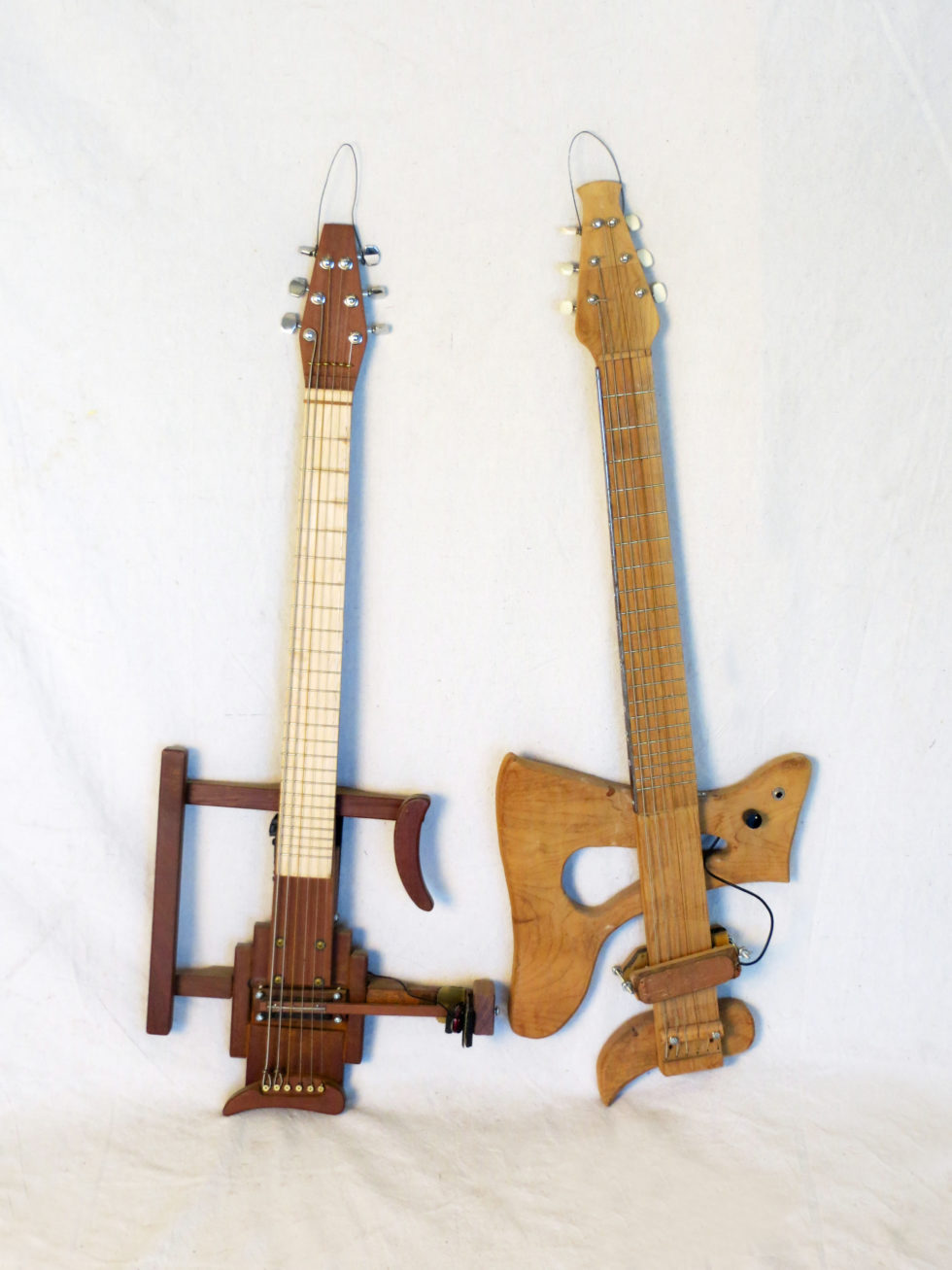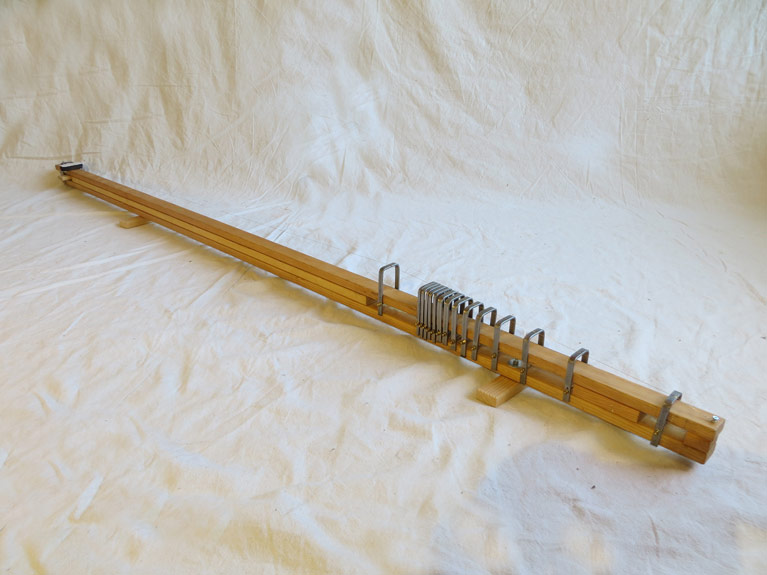

So the minimal number of tone holes is 12. Look up a fingering chart for altissimo notes and try to imagine playing a scale. Beyond three octaves, the harmonics become too thin, the realities of physics (edge effects, etc.) start to create chaos, and the fingerings required to tame all of that get too impractical. On flute, the first half of the third octave is the third harmonic, and the second half is a variety of harmonics. The third octave could theoretically be played as the fourth harmonic, but this is harder than it needs to be. The second octave is by far the most stable, it's just the entire first octave again but on the second harmonic.

The first octave is the fundamental, and then all higher notes are played as overtones of that first octave. I'm still trying to figure out the possible mechanism for operating that.Įvery wind instrument has a theoretically infinite range, which is only limited by the player's skill.

The layout I imagined would "only" involve 12 tone holes each a semitone apart (so opening all 12 plays the octave of the bass note), so with the overblow you'll have a range of 2 fully-chromatic octaves with no cross-fingering patterns. Does that mean in the modern concert flute still not all chromatic notes are played without actual (I disregard how the fingers look when pressing the key mechanism) cross-fingering? Does that mean some notes within a flute of a specific keys are known to have somewhat impaired intonation or tone?Īnd how does the saxophone have it, on the other hand?

I know it overblows to an octave, so 16+12 (overblow in semitones) is only 28, not 36. Different places cite different numbers, but on Wikipedia the concert flute is said to usually have 16 tone holes, while the range is 3 octaves. So I then understood that the mechanical key systems developed for these instruments in their later stages involved enabling each finger the control more than one tone hole in some convoluted interconnected way, and thus I figured there now should be a dedicated tone hole for each chromatic note.īut when I read about the concert flute, I can't figure how many tone holes are actually being controlled. To my understanding, the issue for a long time of these instruments' histories is the physiological limitation of the number of fingers humans have, such that we can't place a finger to control each dedicated tone hole in a truly chromatic tone hole-configuration.
BART HOPKIN AIR COLUMNS AND TONE HOLES SERIES
Now, as I've been trying to study the physics behind the sound production of the woodwinds, what I understood is that playing chromatic notes using cross-fingering (=tone holes being closed below the first open tone hole, rather than keeping a continuous series of open tone holes) isn't perfect in terms of intonation, so the chromatic notes are off from what's expected (to my understanding, flat) and thus you can't modulate accurately to all keys differing from the instrument's base key. I've seen some examples of simple types of bamboo flutes, but they usually seem to be built for one key only, and if you want to play at other keys (or basically playing chromatic notes) you have to either half-hole or use cross-fingering (or both even). I'm trying to make my own bamboo flute or perhaps "saxophone" of sorts, and before wasting any material I want to have the right construction plans.


 0 kommentar(er)
0 kommentar(er)
